So, What Exactly is That?
Meeting new people is a regular part of my job. Usually it takes just a short time before I find myself asking the inevitable question, “What do you do?” Sometimes (not often, I hope), the answer leaves me with a rather glazed look. Oh, I hear it all right. But my clueless stare into space is a dead giveaway; I don’t have the faintest idea what that particular occupation really is. Then I ask sheepishly, “So, what exactly is that?”
For many people outside the Jewish experience, such words as kohayn, chazzan, rabbi, rebbe, rav, tzaddik, shammas, and gabbai can produce a similar stare into space. Maybe some of you are familiar with the terms; but you still wonder, “What exactly is that?” Here are the answers to your question.
What Is a Kohayn?
A kohayn was a priest in the days of the Jewish Temple in Jerusalem. To understand the term requires a trip into the genealogy of Israel. Jacob, whose name later became Israel, had 12 sons. From them emerged the 12 tribes of Israel. The Levites are descendants of Jacob’s son Levi. The Bible describes them as servants around the Holy Temple. Aaron and Moses were Levites. God chose Aaron to perform special duties as the nation of Israel’s first high priest. Only his descendants are called kohanim (plural of kohayn).
When the second Temple was destroyed in A.D. 70, the sacrificial system ended. The genealogical records, which had been kept in the Temple, also were destroyed, making it impossible today to prove any Jewish person’s tribal origin. So the title of kohayn has been passed down orally from one generation to another. A father assumes he is a kohayn because his father told him so, as did his father before him, so on and so forth.
Recent studies in the new field of population research have made several interesting claims. Scientists say the Y-chromosome passes virtually unchanged from father to son. Rabbi Yaakov Kleiman states: “The rare mutations—which are changes in the non-coding portion of its DNA—can serve as markers. Studies have shown a very high genetic affinity among present day Cohanim, indicating that they do have a common paternal ancestor estimated to have lived some 3000 years ago.”1
Although this research is still in the early stages, it is conceivable that, in the future, people will attempt to identify kohanim with a simple blood test. For those Jewish people awaiting the building of a third Temple, this research would be most welcome. Today, individuals thought to be kohanim carry the honor and responsibility of being the first to be summoned to read from the Torah in synagogue worship.
What Is a Chazzan?
A chazzan is a cantor. “What is a cantor?” you may ask. A cantor is the person who leads Jewish worshipers in prayer by chanting and singing the Jewish liturgy. Any person can provide this ministry. But most cantors have recognizable musical talent and have received special training to function in this highly esteemed position within the congregation. They are men (in Orthodox congregations) or sometimes women (in Conservative and Reform congregations) who feel called to such a work.
Jewish worship involves many prayers that are chanted and sung from old, traditional melodies. Larger congregations employ fulltime cantors who also spend a good portion of their time training young people in Hebrew education classes, as well as helping them prepare the singing portion of their bat/bar mitzvahs.
What Is the Rabbinate?
The title used for Jewish leaders has varied over the centuries. One title, rabban (our master), was used to refer to three presidents of the ancient Sanhedrin (Gamaliel, Simeon Ben-Gamaliel, and Yohanan Ben-Zakkai).2 Those who followed the teaching of the popular Yohanan BenZakkai and lived outside Israel were called rav (master). Rabbi, meaning “my master,” was bestowed on a person who received his semikha (ordination) inside Israel. The word semikha literally means to “lean on.”3
In Numbers 27:18, Moses, as commanded by God, laid his hands on Joshua to appoint him as the next leader. This practice of laying on of hands has been traced from the time of Moses until A.D. 425 when it ended.4 Jewish ordination today does not include the laying on of hands.
Whichever title one used in those days (rabban, rav, or rabbi), it signified a talented, scholarly interpreter and expounder of the Scriptures and the oral Law. Later, during the Middle Ages, the meaning and function of a rabbi changed. Prior to the last 100 years or so, the rabbi in a Jewish community often held a full-time, secular job. He usually received certain privileges, or perks, such as exemption from taxation or preferential treatment in his business. It has never been required that a rabbi be present for a congregation to worship. What is necessary, however, is a quorum of 10 men, called a minyan.
Today the term rabbi simply means “teacher.” Although the title can be bestowed on anyone in the Jewish community possessing knowledge and ability in Judaica, today’s rabbis usually have received formal seminary training in such subjects as the Jewish Scriptures, Hebrew, Jewish and secular history, and Talmud.
As the Jewish people assimilated into Western culture, the position of rabbi changed. Today rabbis have moved further away from scholarly pursuits and have become more practically oriented for their congregations. Those rabbis who lean toward academia tend to teach in seminaries.
Rabbis have much the same responsibilities as Protestant ministers or pastors. They visit the sick, conduct marriage ceremonies, help families with funeral arrangements, conduct funeral services, help children in the congregation prepare for their bar and bat mitzvahs, and deliver weekly sermons on the Sabbath.
As in other religions, Judaism has not been immune to the considerable debate and controversy concerning the role of women in the rabbinate. Orthodox Jews have never permitted women rabbis. Some Conservative and all Reform congregations permit women rabbis, and a number have them.
What Is a Rebbe?
The small but visible groups of Jewish people called Hassidim use the title rebbe for their leader. (This title should not be confused with the word reb, which is Yiddish for “mister.”) Rebbe is a weightier word, sometimes translated as “grand rabbi.”5 Literally, it means “my rabbi.” In a Hassidic community, the rebbe is the final authority over every decision in a Hassidic Jew’s life.
A number of years ago, many Hassidim thought Rebbe Menachem Mendel Schneerson was the long-awaited Messiah of Israel. Marvelous deeds and even miracles were attributed to him. In Israel and in Hassidic communities here in America, signs with his picture were posted, proclaiming, “Prepare for the coming of Messiah.” Rebbe Schneerson died in 1994, but many of his followers believe he will rise from the dead.
What Is a Tzaddik?
Tzaddik means “righteous one.” The rebbe in a Hassidic community is considered a tzaddik. But a tzaddik does not have to be a rebbe. To receive such a designation, one must evidence a spiritual or mystical power.
What Is a Shammas, or Sexton?
Every local congregation always has someone who truly knows the ropes. That someone is the shammas. He makes sure everything runs as it should with regard to the physical synagogue building and the scheduling of services. He is the servant of the congregation.
What Is a Gabbai?
A gabbai is a volunteer who is knowledgeable in Torah and has the responsibility of coordinating the readers who ascend the platform (aliyah) to read from the Torah during a service. It is his responsibility to help them pronounce the Hebrew words or, if need be, to read them himself.
I’m sure my days of asking, “So, what exactly is that?” are far from over. But perhaps now, if you ever hear any of these words in conversation, you won’t have to ask the same question. In fact, you may even be able to provide an explanation.
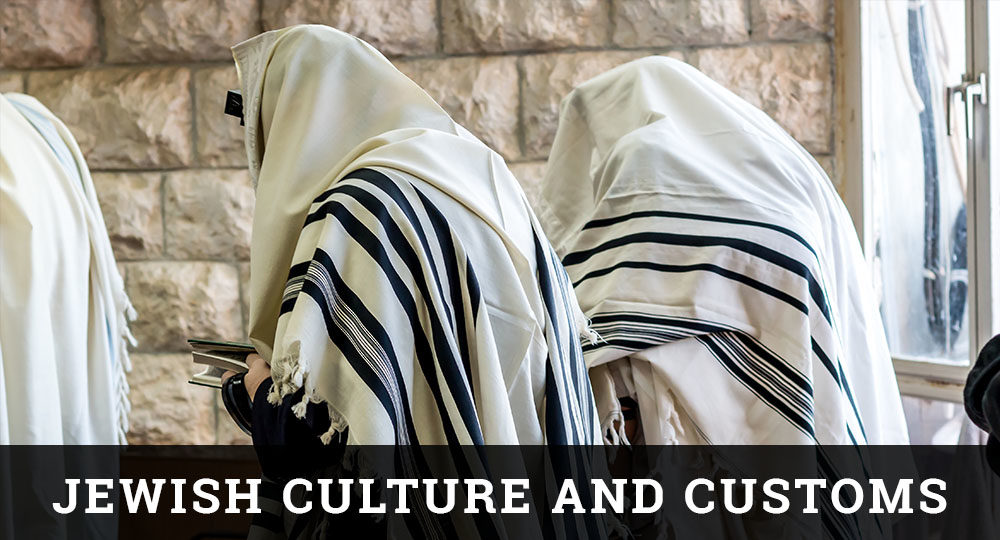

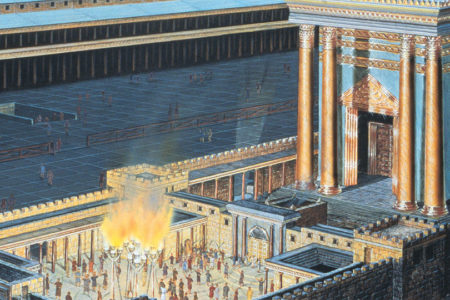
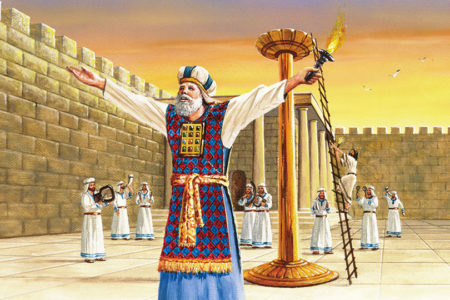
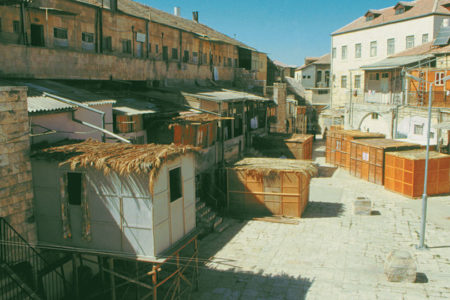
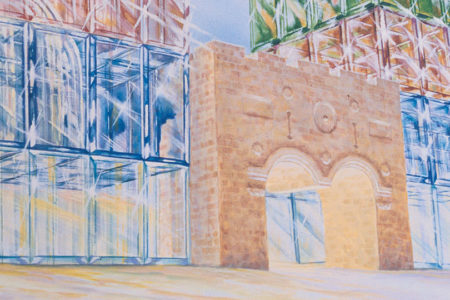


Who is responsible for reading from the Torah for an Aliyah at a Bat Mitzvah?
Thank you, Beverly